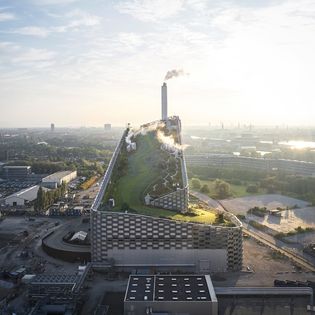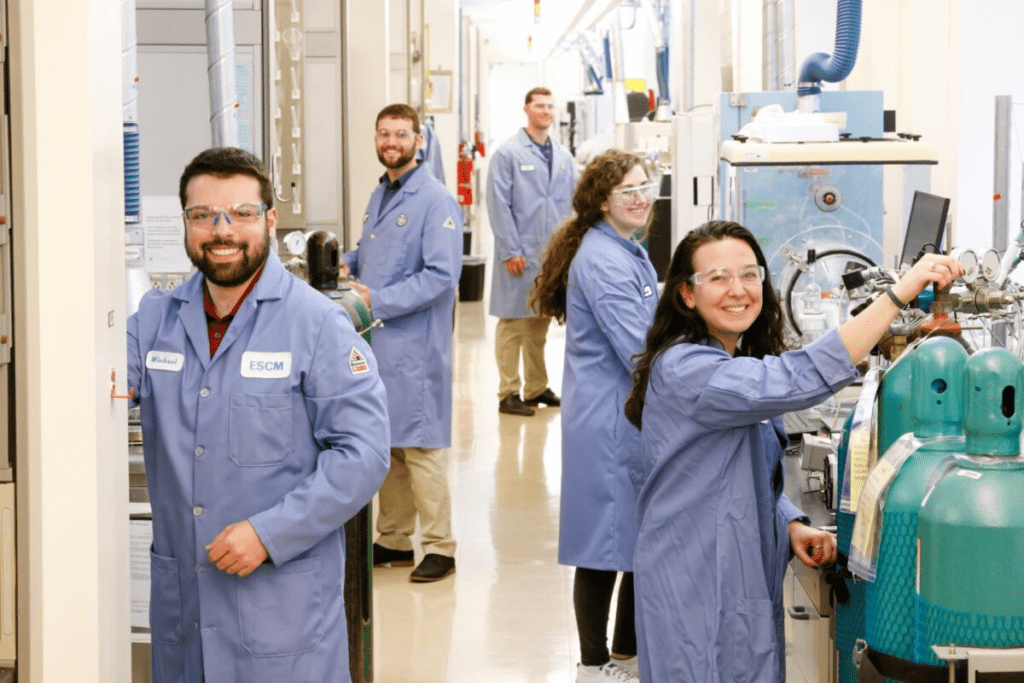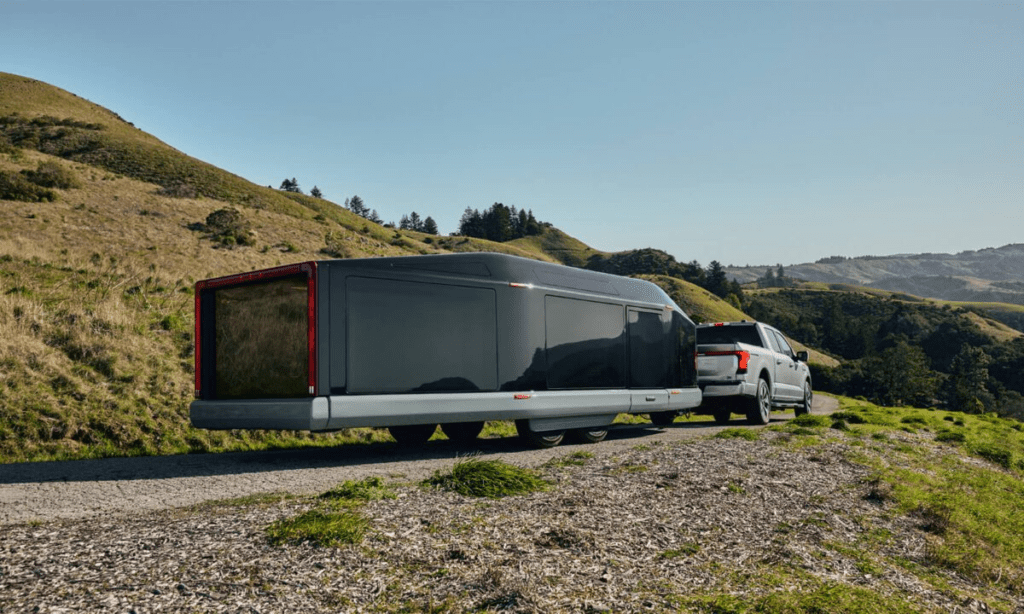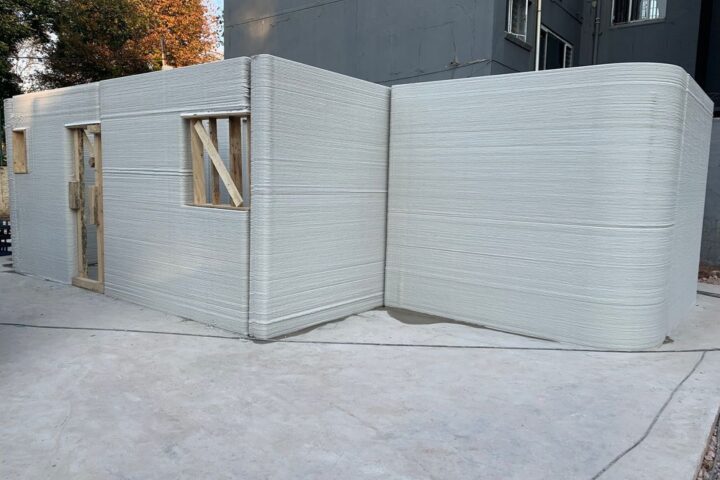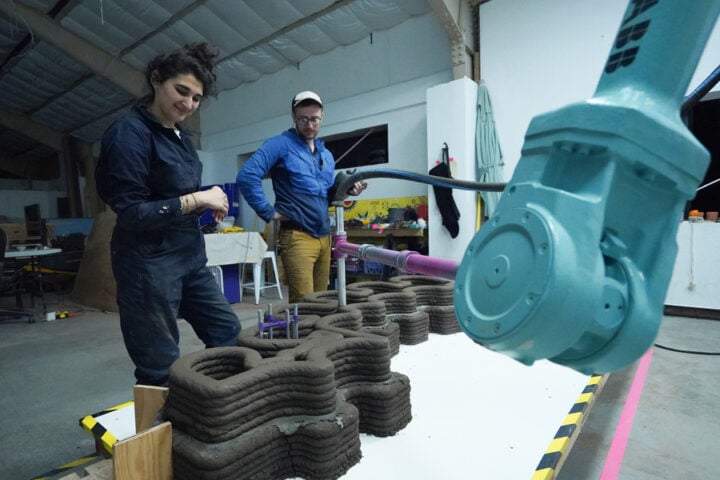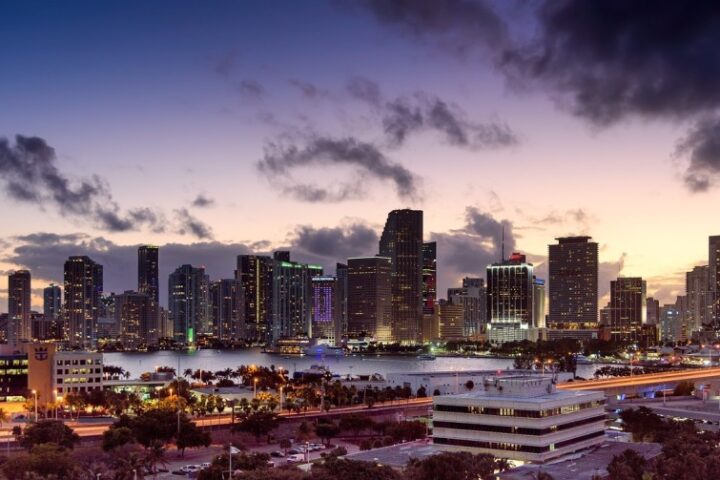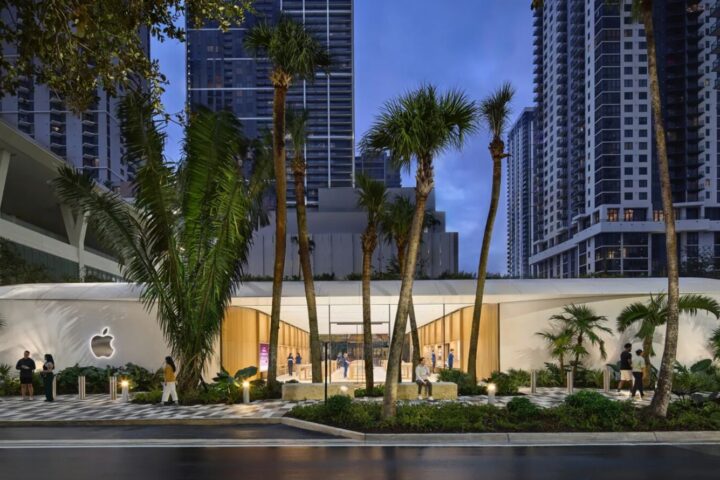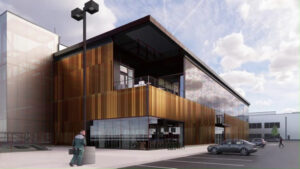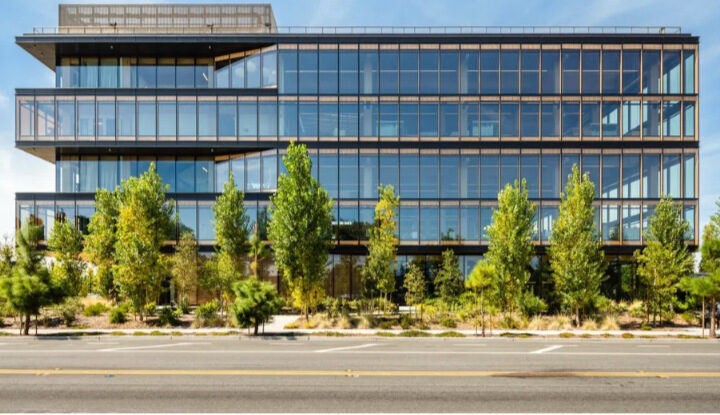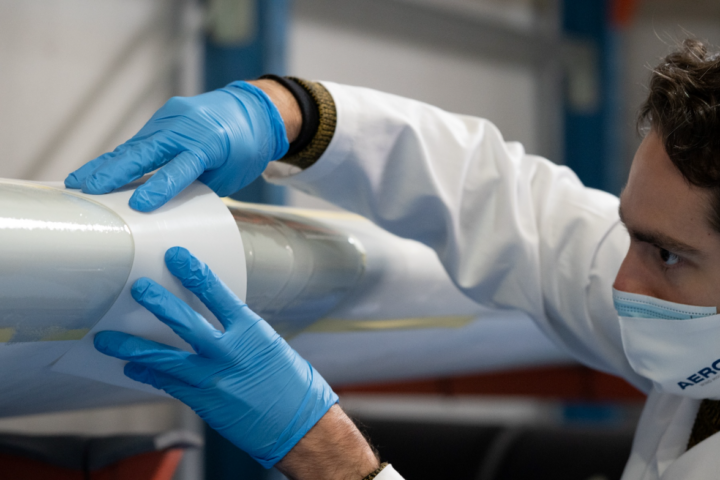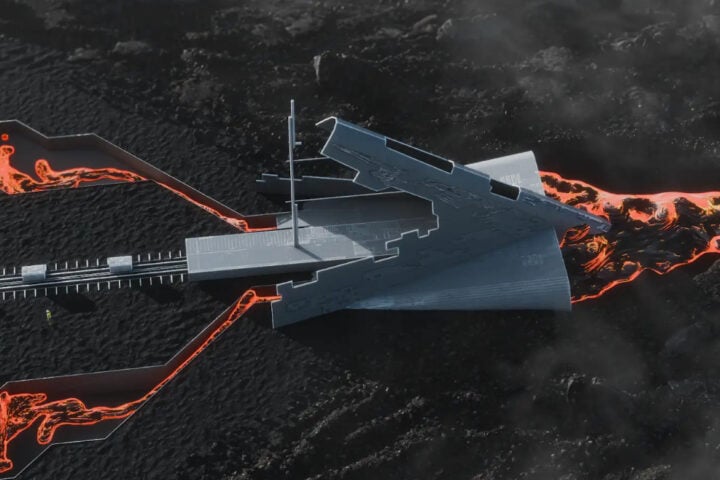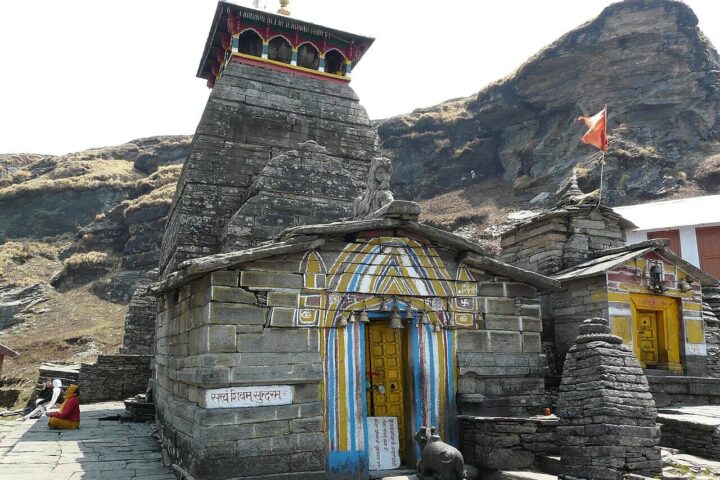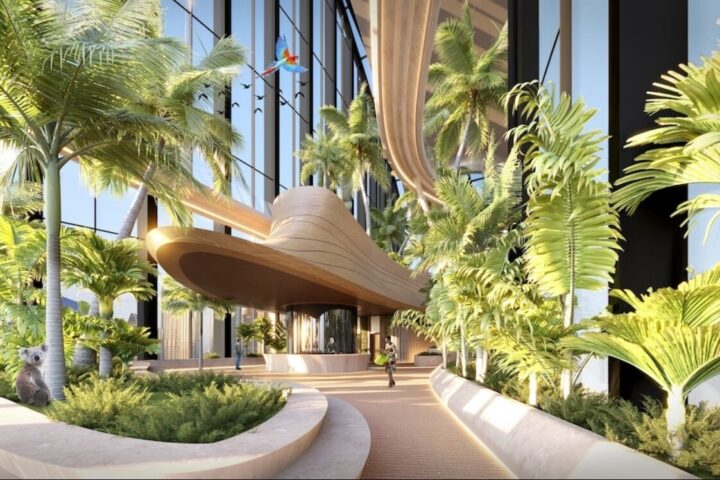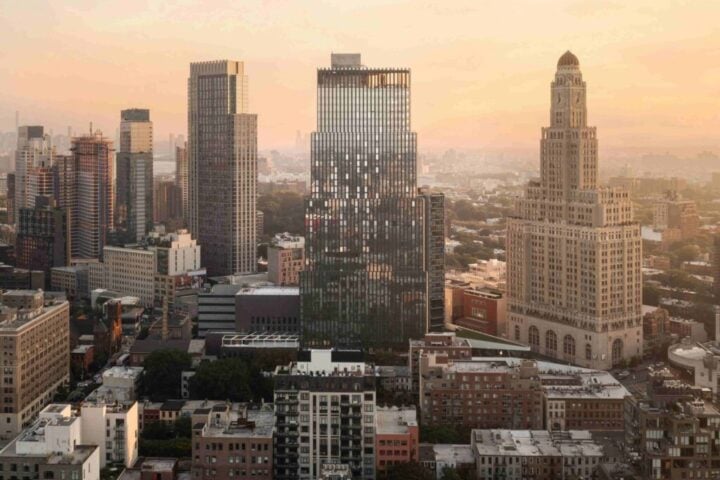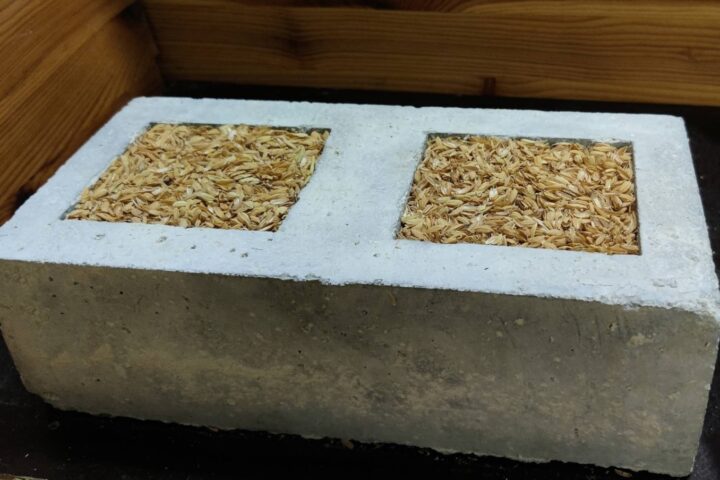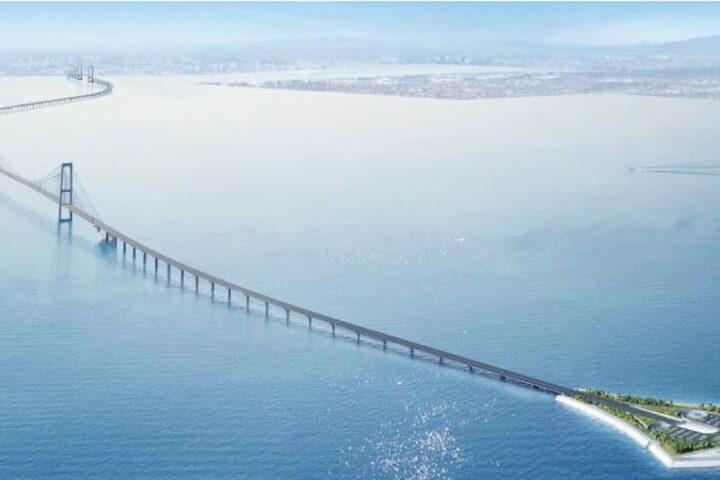Located on top of the Amager Bakke power plant is Copenhill, an artificial ski slope. The power plant converts waste into energy and remains one of the most unique ski slopes on the planet. In addition to the ski slope, Copenhill offers a climbing wall, hiking trails, a park, snow tubing, and a cafe. What may be the reasons behind the ski slope and its environmental friendliness
The power plant’s ski slope was designed by the architecture firm Bjarke Ingels Group (BIG).
Construction of Copenhill started in 2013 and was completed in 2019. Denmark generates more waste than any other EU country, and Copenhill helps manage this waste by incinerating it and creating clean energy. The power plant eliminates 440,000 tons of garbage annually and provides affordable energy for 150,000 homes. The building’s interior layout is organized by machinery size, resulting in a roof with a consistent slope and a 180-degree turn in the middle.
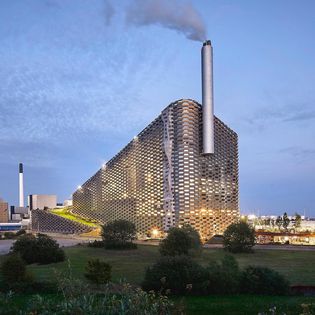



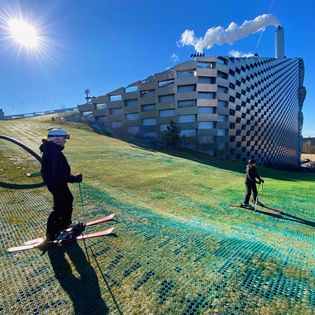
The long ramp on the roof has been transformed into an artificial ski slope that is open year-round.
Copenhagen’s urban planning policy aims to create a varied urban life accessible to everyone. The city embraces eccentric ideas and aims to make urban spaces enjoyable for citizens of all backgrounds. Copenhill exemplifies this approach by integrating a waste incinerator into the social fabric of the city.
Visitors to Copenhill can also enjoy a rooftop bar, a large climbing wall, and a garden with a running and hiking trail. The building’s rooftop amenities are accessible through several elevators, including a glass elevator offering views of the waste treatment plant.
Similar posts
Copenhill’s exterior features interlaced aluminum blocks and glass panels. Bjarke Ingels describes Copenhill as an example of “hedonistic sustainability” that enhances the lives of citizens. The project supports health and well-being by promoting physical activity and providing access to green spaces.
Copenhagen’s appetite for risk and innovation is evident in projects like Copenhill. The city’s urban planning policy encourages ambitious proposals that prioritize public life. Other playful and innovative projects in Copenhagen include rooftop playgrounds and parks with unique features. Copenhagen’s culture values public spaces and promotes imaginative uses of these areas.
The popularity of innovative projects has led to a culture shift in how the city is perceived. The Copenhill project was chosen for its exciting and visionary proposal. Copenhagen continues to transform into a more physically engaging and healthy environment. The city’s commitment to quality of life and happiness drives its ongoing development. Copenhagen’s trajectory reflects a transformation towards a more active and engaging urban environment.
